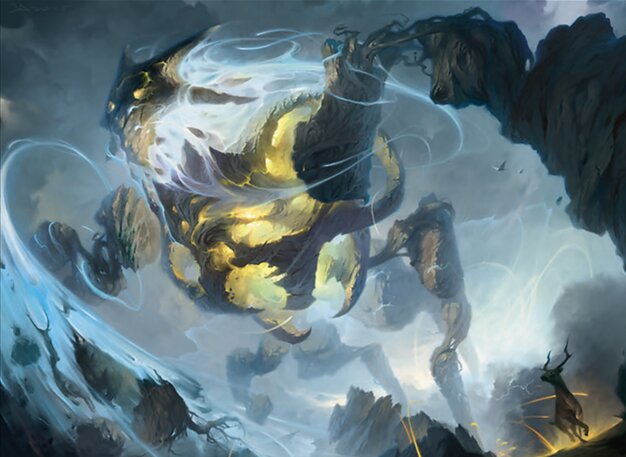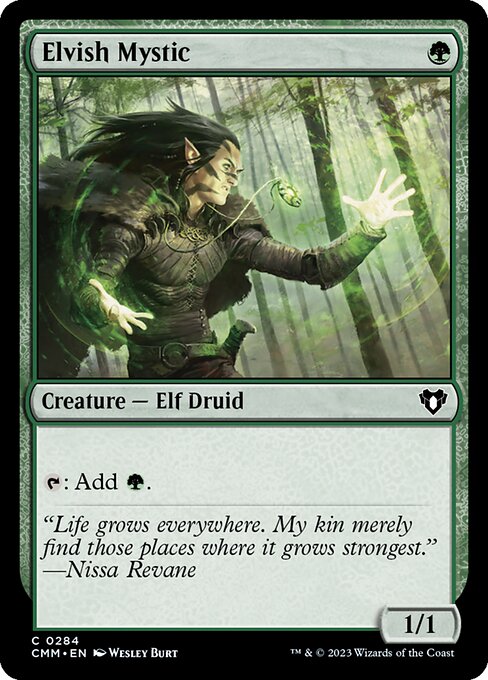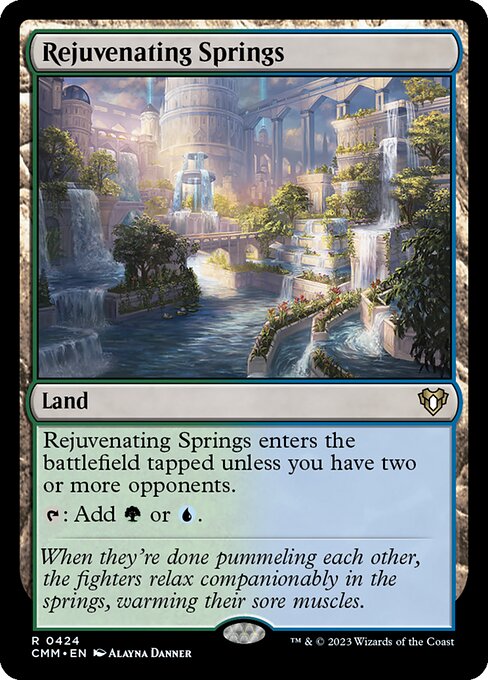Deck & Commander Strategies

Maelstrom Wanderer
A creature-aggro deck that uniquely creates all its creatures through instants, sorceries, or enchantments, focusing on winning through combat damage without relying on traditional creature cards.

Brokkos, Apex of Forever
A mutate-focused deck that heavily leverages mutation mechanics to build powerful creatures by stacking mutated abilities, using a companion restriction to maintain a consistent creature-based theme.

Sorin of House Markov // Sorin, Ravenous Neonate
A life gain and drain deck that aims to slow the game down through taxing effects while maintaining board presence, leveraging the commander’s life manipulation abilities to outlast opponents.

Jinnie Fay, Jetmir's Second
A token generation deck focused on creating numerous token creatures (puppies and kitties), using infinite token combos to draw cards and overwhelm opponents with wide boards.
Gameplay Insights
- 1
Starting on The Pit plane significantly hindered early creature deployment and forced players to adapt to the upkeep sacrifice demands, shaping cautious play.
- 2
Frequent rolling of the planar die and triggering chaos effects created a volatile game state, requiring players to be flexible and reactive to shifting advantages and setbacks.
- 3
The plane shift to Pyramid of Mars was a pivotal moment that allowed players to surveil and return creatures from graveyards, accelerating board presence and card selection.
- 4
Choosing when to roll the planar die was strategic, balancing the risk of chaos triggers with the potential benefit of shifting to more favorable planes.
- 5
Deck synergies such as mutation stacking and token generation were tested by the chaotic plane effects, highlighting the importance of resilient strategies in Planechase format.
Notable Cards
-

Elvish Mystic
-

Rejuvenating Springs
-

Evolving Wilds
-

Maelstrom Wanderer
-

Brokkos, Apex of Forever
-

Sorin of House Markov // Sorin, Ravenous Neonate
-

Jinnie Fay, Jetmir's Second
Gameplay Summary
The game began on the plane called The Pit, where each player created a flying creature token—either a 3/3 angel or a 6/6 demon with trample and a demanding upkeep cost.
This plane created a hostile environment for creatures, forcing players to be cautious with their deployments.
Players rolled the planar die multiple times, triggering chaos effects and shifting planes, which added unpredictability and dynamic board states.
Early turns involved setting up mana and playing creatures cautiously due to the taxing nature of the starting plane and chaos effects removing threats. A key turning point was the plane shift to the Pyramid of Mars, which introduced a beneficial upkeep trigger where all players surveilled two cards and chaos effects allowed returning creatures from graveyards.
This shift helped accelerate board development and card advantage.
Throughout the game, players leveraged their commanders and deck strategies, including mutation combos, token generation, and life gain/drain mechanics.
The interplay of planar effects, especially the chaotic and advantageous triggers, influenced tempo and board presence, with each deck attempting to capitalize on their unique synergies to secure a win condition based on either combat damage, overwhelming tokens, or value from mutations and life manipulation.






















![Planeswalker Rumble!! Modern Horizons 3 ft. Sorin, Tamiyo, Grist, Ral Zarek [EDH/Commander Gameplay] thumbnail](https://i.ytimg.com/vi/R7_ukVI4hXg/sddefault.jpg)













![Commander Versus Series: Momir v. Gwafa v. Marrow-Gnawer v. Maelstrom Wanderer [MTG Multiplayer] thumbnail](https://i.ytimg.com/vi/WdlHQqhXgtU/sddefault.jpg)
![Commander Versus Series: Mimeoplasm v. Melek v. Maelstrom Wanderer v. Prossh [MTG Multiplayer] thumbnail](https://i.ytimg.com/vi/H3JROxdcaPo/sddefault.jpg)








